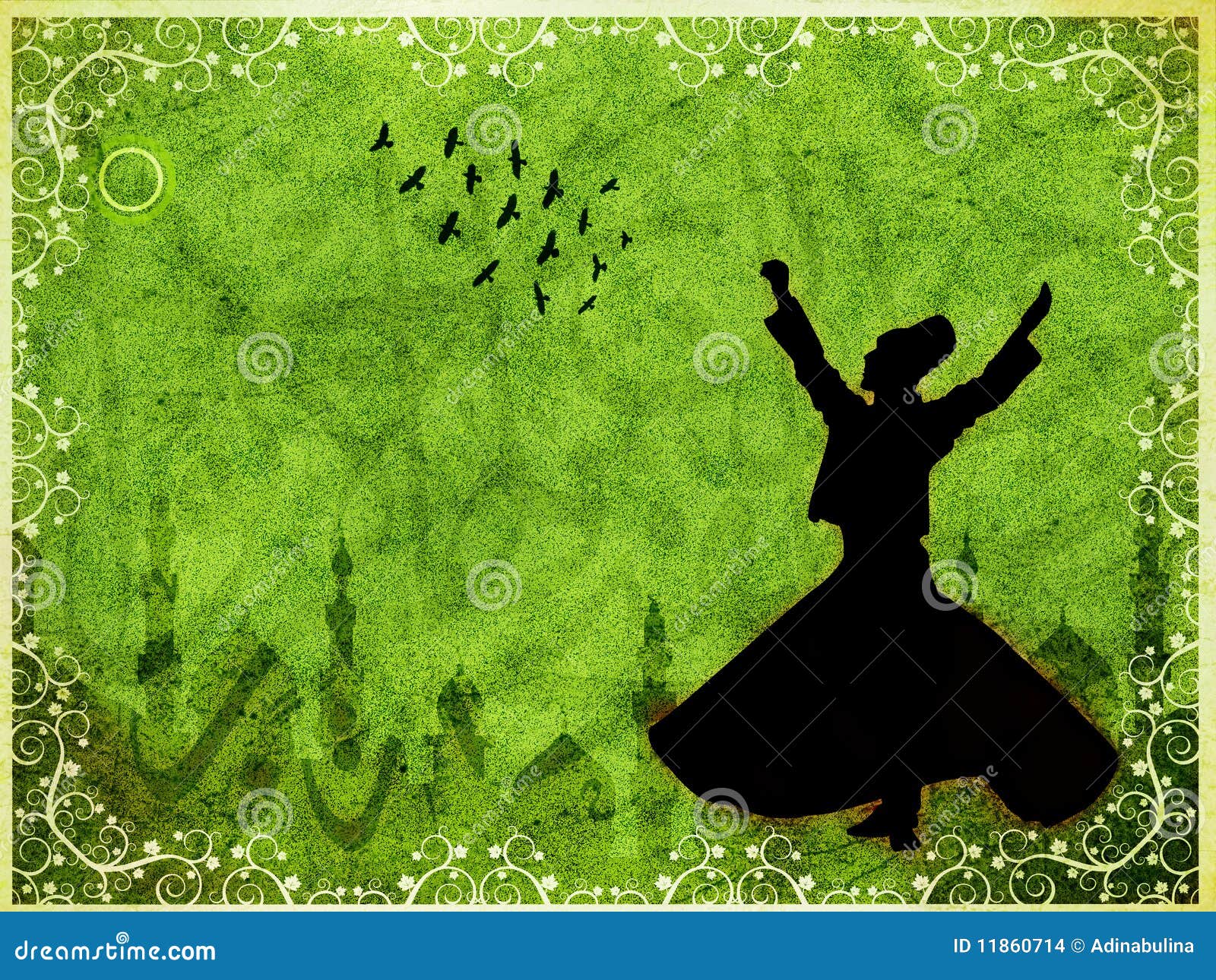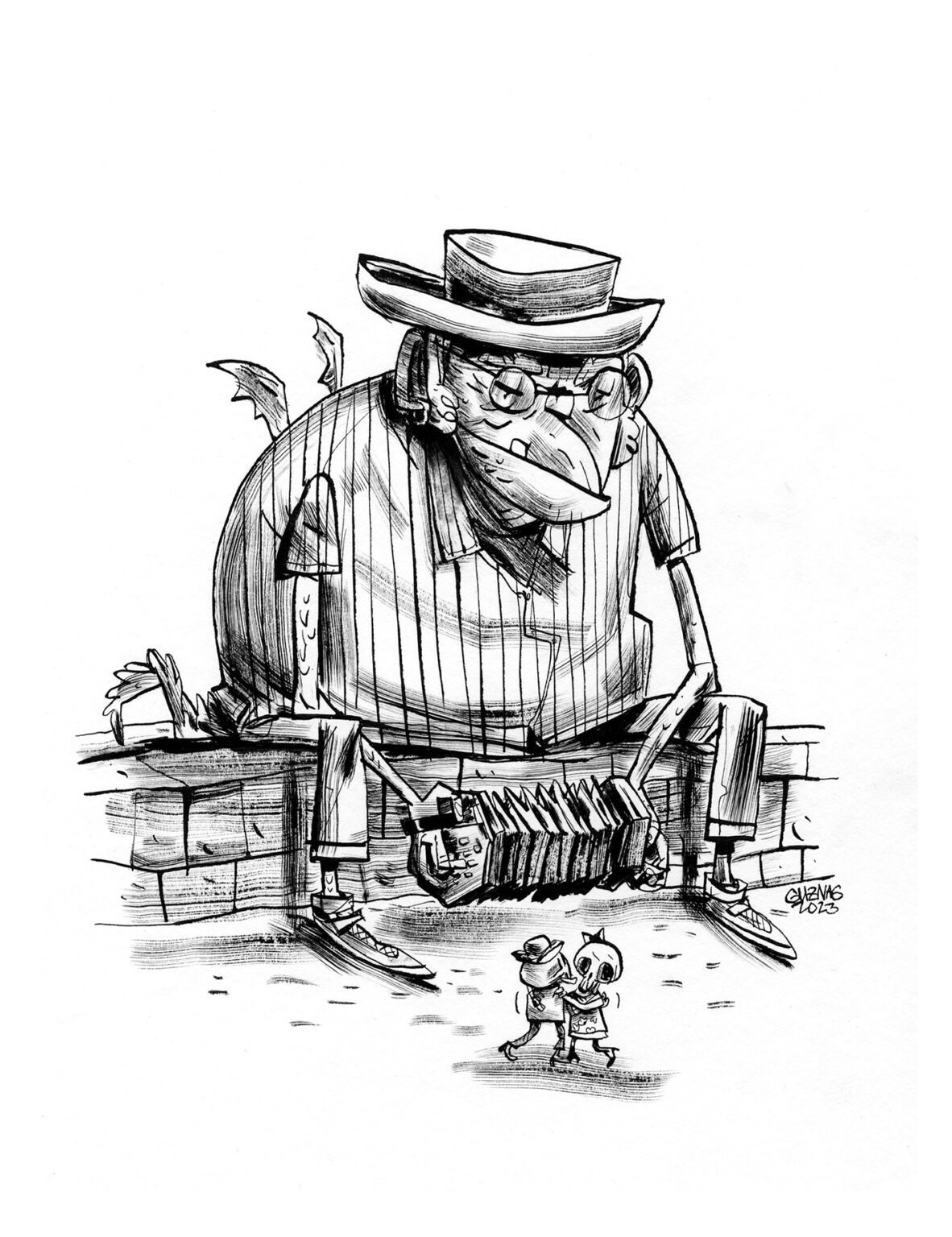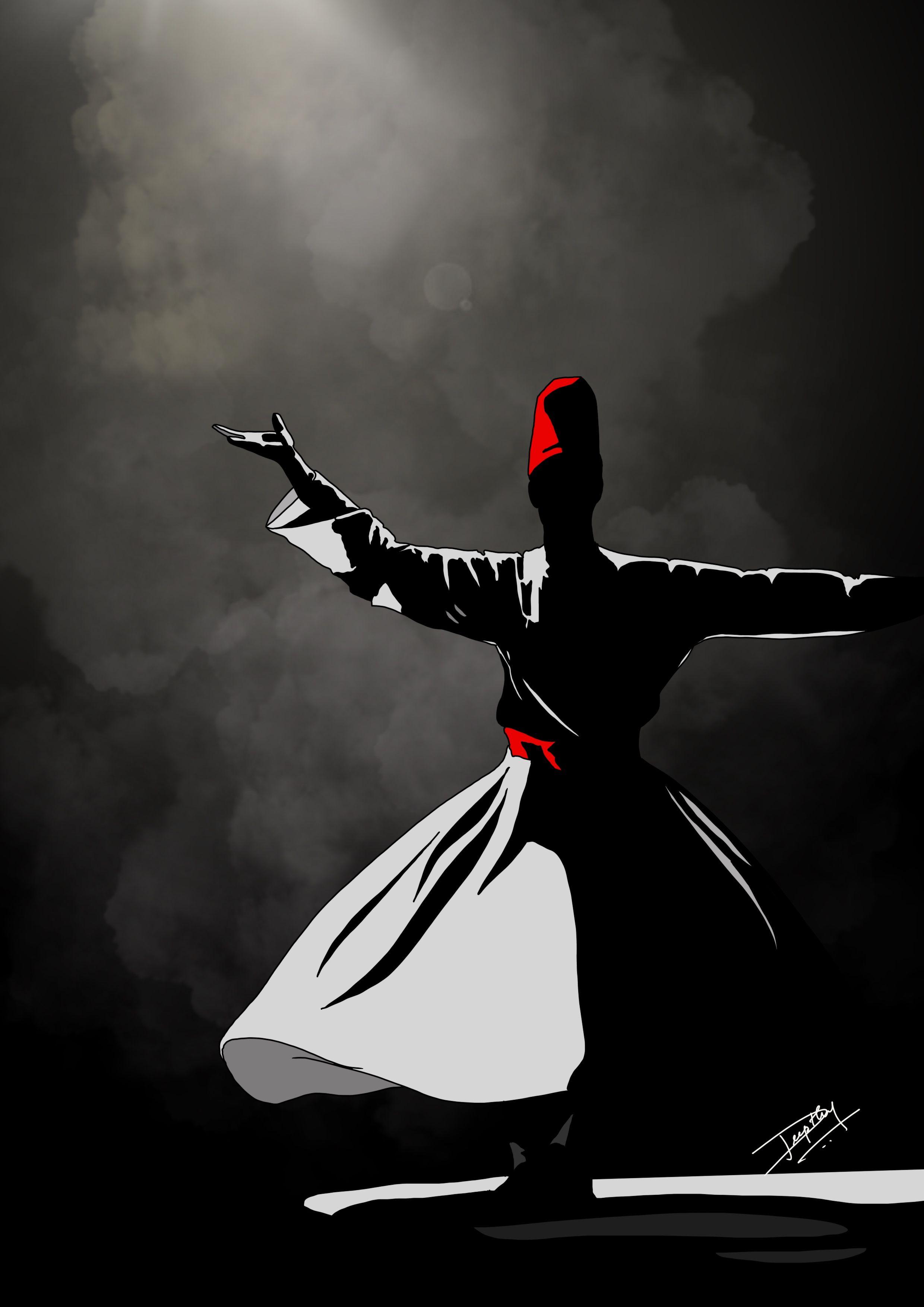Editor's Notes: "Dervish: Mystical Dancers Of Sufism" has been published today, April 24, 2023, to provide readers with an in-depth understanding of this captivating aspect of Sufism.
Through meticulous analysis and extensive research, we have compiled this guide to empower our readers with a profound understanding of Dervish: Mystical Dancers Of Sufism. Our aim is to help you navigate the fascinating world of Sufism and uncover the significance of this ancient practice.
Key Differences or Key Takeaways:
| Dervish: Mystical Dancers Of Sufism | Other Dance Forms | |
|---|---|---|
| Purpose: | Connect with the divine; spiritual practice | Artistic expression; entertainment |
| Religious Affiliation: | Sufism | None or various |
| movements: | Repetitive, circular whirling | Diverse, varying across genres |
| Music: | Spiritual hymns and chants | Various genres, from classical to contemporary |
Transition to main article topics:
Dervish: Mystical Dancers Of Sufism a spiritual practice that has been around for centuries, and it continues to fascinate people today. But what exactly is it? And what are the benefits of this practice?

Sufism Stock Images - Image: 11860714 - Source www.dreamstime.com
Editor's Note: "Dervish: Mystical Dancers Of Sufism" was published on [put date here] in [put publication name]. It is an important topic to read because it provides a comprehensive overview of the history, beliefs, and practices of Sufism. The book is written in a clear and concise style, making it accessible to readers of all levels.
In this Dervish: Mystical Dancers Of Sufism guide, we will explore the history, beliefs, and practices of this ancient tradition. We will also discuss the benefits of Dervish: Mystical Dancers Of Sufism, and how it can help you to connect with your spiritual side.
FAQ
This comprehensive FAQ section delves into critical questions and common misconceptions surrounding the mystical dance form known as Dervish.

waltz dancers - guznag - Source guznag.com
Question 1: What is the origin and historical significance of Dervish dance?
Dervish dance, rooted in the 13th century during the reign of the Seljuk Empire, holds immense historical and spiritual importance within the Sufi tradition. It is an integral part of spiritual practices and ceremonies, symbolizing union with the divine, purification, and transcendence.
Question 2: How does Dervish dance differ from other dance forms?
Dervish dance distinguishes itself through its unique characteristics. It is primarily a spiritual practice rather than a performance, emphasizing inner transformation and connection with the divine. The movements are circular, continuous, and rhythmic, aiming to induce a state of trance and spiritual ecstasy.
Question 3: Is Dervish dance only practiced by men?
Traditionally associated with men, Dervish dance has evolved to include female practitioners in certain Sufi orders. These women, known as Semazen, have dedicated themselves to the practice and its spiritual significance, contributing to the diversity and richness of Dervish dance.
Question 4: What is the meaning of the whirling motion in Dervish dance?
The iconic whirling motion symbolizes the rotation of the universe, the planets, and the celestial bodies. Through this movement, the dancer represents the boundless cosmos and strives to align with the rhythms of the divine.
Question 5: What is the significance of the music and attire in Dervish dance?
The accompanying music plays a crucial role in creating a meditative atmosphere and facilitating the dancer's journey. The traditional Sufi music, often accompanied by instruments like the ney flute, sets the rhythm and enhances the spiritual experience. The distinctive attire, including long, flowing robes and whirling skirts, symbolizes purity, surrender, and the removal of worldly distractions.
Question 6: Is Dervish dance open to people of all backgrounds and beliefs?
Dervish dance transcends religious and cultural boundaries. It is not exclusive to any particular religion or belief system. Anyone drawn to the spiritual and transformative aspects of the practice is welcome to participate, regardless of their background.
In conclusion, Dervish dance is a profound mystical practice within Sufism, embodying spirituality, transcendence, and connection with the divine. Its unique movements, symbolism, and attire captivate and inspire people worldwide, fostering a deeper understanding of the mystical traditions of Sufism.
For further exploration of Dervish dance, refer to the article "Dervish: Mystical Dancers Of Sufism."
Tips for Understanding Dervish: Mystical Dancers Of Sufism
Dervishes, also known as Whirling Dervishes, are a group of Sufi mystics who perform a ritual dance known as Sema or Sama. This dance is a form of worship and meditation and has been practiced for centuries in the Middle East and Central Asia. If you are interested in learning more about Dervish and their unique form of dance, here are a few tips:
Tip 1: Dervish: Mystical Dancers Of Sufism are not a cult or a sect. They are a group of mystics who follow the teachings of Sufism, which is a mystical branch of Islam. Sufism emphasizes the importance of love, compassion, and unity with God.
Tip 2: The Sema dance is not just a performance. It is a form of worship and meditation. Dervishes believe that the dance helps them to connect with God and to experience a state of spiritual ecstasy.
Tip 3: The Sema dance is a complex and beautiful ritual. It is performed in a circular motion, and the dancers wear long, flowing robes. The dance is accompanied by music and chanting.
Tip 4: If you have the opportunity to see a Sema dance, take it. It is a truly unique and unforgettable experience.
Dervish and their Sema dance are a fascinating and beautiful part of Islamic culture. If you are interested in learning more about them, I encourage you to do some research or to attend a performance if you have the opportunity.
Dervish: Mystical Dancers Of Sufism
Dervishes, mystical dancers of Sufism, have captivated audiences for centuries, showcasing the profound spiritual practices of this Islamic tradition. Their performances transcend mere entertainment, offering a deeply introspective and transformative experience to those present.
- Whirling Motions: Dervishes are renowned for their mesmerizing circular movements, symbolizing a journey towards divine unity.
- Musical Ecstasy: The rhythmic melodies and hypnotic chanting create an immersive environment, inducing a trance-like state among the dancers.
- Transcendent Connection: Through their dance, dervishes seek to transcend their physical selves and connect with the divine, experiencing a profound sense of devotion.
- Storytelling Rituals: Some dervish performances incorporate storytelling elements, conveying Sufi teachings and spiritual narratives through graceful movements.
- Physical Discipline: Dervishes undergo rigorous training to master the demanding physicality of their dance, pushing their bodies to their limits in the pursuit of spiritual enlightenment.
- Global Influence: The mystical practices of dervishes have spread beyond their Sufi origins, influencing various artistic and spiritual movements worldwide.
In essence, dervish dance is a multifaceted practice that intertwines physical movement, musical enchantment, spiritual yearning, and storytelling traditions. It represents the quest for divine connection and the pursuit of personal transcendence, leaving a lasting impression on those who witness its transformative power.

Sufism Wallpapers - Top Free Sufism Backgrounds - WallpaperAccess - Source wallpaperaccess.com

Whirling Dervish Sufi Religious Dance. Isolated. Suitable for Any Print - Source www.dreamstime.com
Dervish: Mystical Dancers Of Sufism
Dervish: Mystical Dancers Of Sufism delves into the captivating world of Sufism, an ancient mystical tradition of Islam, and its mesmerizing practice of whirling dervish dance. Sufism emphasizes the importance of love, harmony, and unity with the divine, and the whirling dance serves as a symbolic expression of this spiritual yearning.

Sufism - Art Photo Gallery - Source artphotogallary.blogspot.com
The dervishes, clad in flowing white robes, engage in a graceful and mesmerizing dance that involves spinning and twirling for extended periods. This practice is believed to induce a trance-like state, allowing the dancers to transcend the boundaries of the physical world and connect with the divine. The whirling motion represents the journey of the soul towards God, with each turn symbolizing the shedding of ego and the expansion of consciousness.
Through the whirling dance, dervishes seek to purify their hearts, cultivate spiritual growth, and attain a state of ecstatic union with the divine. The practice is often accompanied by mystical music and poetry, further immersing the dancers and observers in a multi-sensory experience that transcends language and cultural barriers.
Beyond its spiritual significance, the whirling dance of dervishes has also gained recognition as a mesmerizing artistic and cultural expression. Its hypnotic rhythms, elegant movements, and symbolic gestures have captivated audiences worldwide. The dance has been performed in prestigious stages, including the Metropolitan Museum of Art in New York City and the Sadler's Wells Theatre in London.
| Element | Connection to Sufism | Practical Significance |
|---|---|---|
| Whirling Dance | Symbolizes the journey of the soul towards God | Promotes spiritual growth, purification, and connection with the divine |
| Music and Poetry | Enhances the mystical experience and transcendence | Creates an immersive and transformative environment |
| Graceful Movements | Representation of the shedding of ego and expansion of consciousness | Inspires a sense of awe and wonder in observers |
| Cultural Significance | Preserves and celebrates Sufi traditions | Fosters cultural exchange and understanding |
Conclusion
The exploration of "Dervish: Mystical Dancers Of Sufism" unveils the profound connection between the whirling dance and the central tenets of Sufism. Through its mesmerizing movements, enchanting music, and deep spiritual symbolism, the dance serves as a transformative practice that transcends cultural and religious boundaries.
The enduring legacy of the whirling dervish dance not only preserves Sufi traditions but also offers valuable insights into the quest for spiritual growth, universal love, and unity with the divine. Its artistic Schönheit and profound message continue to resonate with audiences around the world, inspiring awe, wonder, and a deeper understanding of the human journey.
